Share the post "Should You Be Concerned About the New Water Conservation Policies in Texas? The Impact!"
New Texas water conservation policies are making water conservation a major priority for everyone. Texas is no stranger to drought, and as our population expands, so does our water consumption. These new policies are proactive to meet our water requirements now and in the future. We must assess if these policies will bring about the beneficial change we want and how they will effect our daily life.
Understanding why these rules were implemented is crucial as we examine their effects. These initiatives aim to conserve water after droughts and plan for a more sustainable future under climate change. These programs aim to protect Texans’ water supply by reducing usage and improving efficiency. We’re in new territory, therefore we must stay informed on how these changes may affect our community’s progress, our state’s economy, and our daily lives.
Key Takeaways
- Texas’ new water conservation laws address the pressing need for sustainable water management.
- These approaches will boost neighborhood growth and state economic resilience.
- Our water future depends on understanding and following policies.
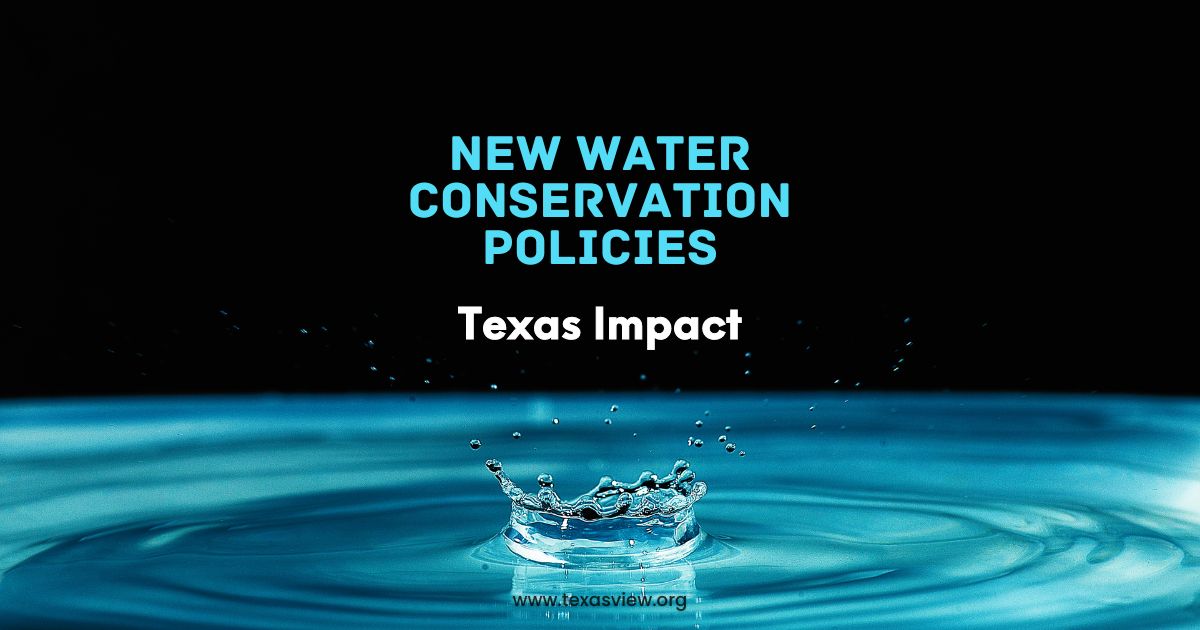
- Background of Texas Water Conservation Policies
- Understanding the New Water Conservation Measures
- Reasons Behind the Implementation
- Benefits of the New Water Conservation Policies
- Personal Implications for Texas Residents
- Community and Statewide Effects of Compliance
- Criticism and Controversies Surrounding the Policies
- Future Outlook on Water Conservation in Texas
Background of Texas Water Conservation Policies
In our journey to manage and safeguard our precious water resources, we’ve witnessed the Texas Water Development Board’s (TWDB) determined efforts to formulate robust water conservation policies. For context, all this dedicated work aligns with the State Water Plan, which paints a strategic roadmap for ensuring water availability for future generations.
Here’s a quick glimpse into the history of our conservation efforts:
- 1985: The Water Conservation Implementation Task Force was formed. It’s our tireless guide towards better water stewardship.
- Regional Plans: Each region crafts Chapters solely for conservation, ensuring localized solutions to water challenges.
What’s extraordinary is that our state’s policies don’t just sit in paper reports. They’re practically channeled into efforts like supporting the Texas Alliance for Water Conservation, which pioneers in uniting best management practices with innovative technologies to amplify water conservation.
And let’s not overlook statistics that showcase our foresight: By 2070, through a diverse range of strategies, projected to supply 2,344,541 acre-feet of water from conservation alone—accounting for a remarkable 27.7% of our water supply strategies as mentioned in the 2017 State Water Plan.
Together, we’re not just drafting policies, but we’re actively weaving a culture of conservation across Texas, paving the way for a stable water future that supports both our thriving population and the ecosystems we cherish.

Understanding the New Water Conservation Measures
With Texas facing unique environmental challenges, we’re here to decipher the latest water conservation policies which may profoundly affect our daily lives.
Mandatory Restrictions and Their Impact
Mandatory restrictions are essential during drought periods, and they often include limiting outdoor watering and regulating how businesses use water. We need to understand that these measures are put in place to ensure that we maintain a sustainable supply of water for the most critical needs—and yes, that might mean our lawns will have to endure drier days to preserve our precious resource.
Incentives for Water-Efficient Practices
To encourage the adoption of water-saving habits, Texas is offering various incentives. These might include rebates for installing efficient irrigation systems or replacing old fixtures with new, water-saving models. By incentivizing conservation, we’re not only saving water but potentially saving money on our utility bills in the process. It’s a win-win for us and the environment!

Reasons Behind the Implementation
We’re here to unpack the compelling reasons for the new water conservation policies in Texas. We’ll be focusing on the critical issues that spurred this action: the ongoing drought conditions and water scarcity, along with a vision for long-term environmental sustainability.
Drought Conditions and Water Scarcity
In recent years, we’ve witnessed Texas facing severe drought conditions. These have led to a tangible water scarcity, affecting both our urban centers and rural communities. According to the Save Texas Water report, the state is taking steps to monitor and implement water conservation strategies to tackle these challenges. Clearly, the scarcity of water resources has pushed us to prioritize water conservation.
Long-Term Environmental Sustainability
Our commitment to long-term environmental sustainability is unwavering. In the face of climate change and population growth, our natural resources are under pressure. The Texas Water Development Board 2022 State Water Plan points out that conservation strategies will play a pivotal role in securing our water future. It’s not just about meeting today’s needs, but ensuring that we can sustain our way of life for generations to come. Through these policies, we’re taking significant steps toward a more resilient Texas.
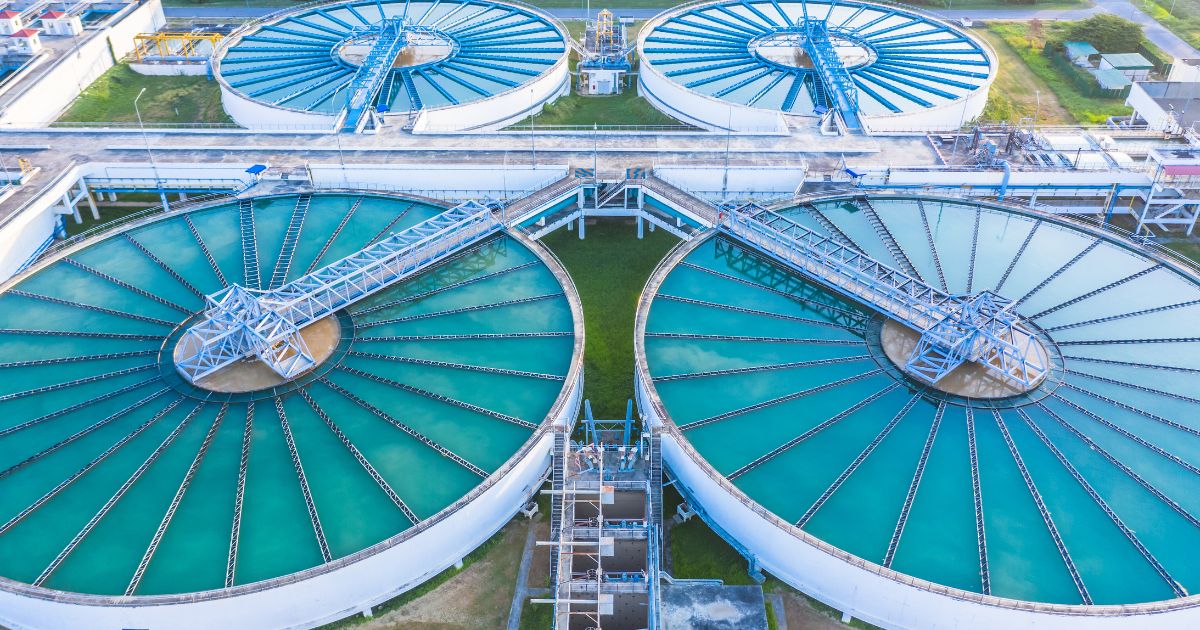
Benefits of the New Water Conservation Policies
We’re thrilled to explore the advantages that come with the new water conservation policies in Texas. They offer not only economic benefits for us residents but also significant ecological upsides for our entire ecosystem.
Economic Advantages for Residents
It’s fantastic to see monetary savings as a direct effect of these policies. First and foremost, they encourage us to use water more cautiously, which translates into lower monthly bills. Here’s how this plays out:
- Reduced Water Bills: By implementing measures such as low-flow fixtures, we can significantly cut down our water consumption, leading to smaller utility bills.
- Long-term Savings: With less strain on our water supply, there’s less need for costly infrastructure expansions, saving tax dollars in the long run.
Ecological Upsides for the Ecosystem
Alongside the economic perks, the environmental benefits are massive. We’re ensuring a healthier, more resilient Texas for future generations.
- Enhanced Wildlife Habitats: Effective water conservation improves the quality of our lakes and rivers, offering a better home for aquatic life.
- Sustainable Water Use: Sustainable practices lead to adequate water reserves during droughts, safeguarding our natural landscape and agricultural needs.

Personal Implications for Texas Residents
We’re embarking on a new era of water conservation, and for us Texans, that means evaluating our daily water usage and being prepared for the potential consequences of not adhering to the new policies.
Adjusting Household Water Usage
We need to start getting creative with how we use water at home. This means shorter showers, investing in water-efficient appliances, and rethinking our lawn irrigation schedules. Since residential water conservation has a significant impact on our state’s water resources, every drop saved contributes to a more sustainable community for us all.
Examples of adjustments include:
- Installing low-flow showerheads and faucets
- Using native plants in our gardens to reduce the need for watering
- Collecting rainwater for outdoor use
Potential Penalties for Non-Compliance
None of us want to get hit with penalties, but they’re a stark reality if we don’t comply with restrictions. In extreme cases, such as during severe droughts, we could face steep fines or other restrictions for using more water than allowed. Cities like San Marcos have already experienced Stage 4 drought restrictions, with mandatory cuts in water usage.
Potential penalties might look like this:
- First-time violation: A warning or small fine
- Repeated violations: Increasing fines and potential service interruptions
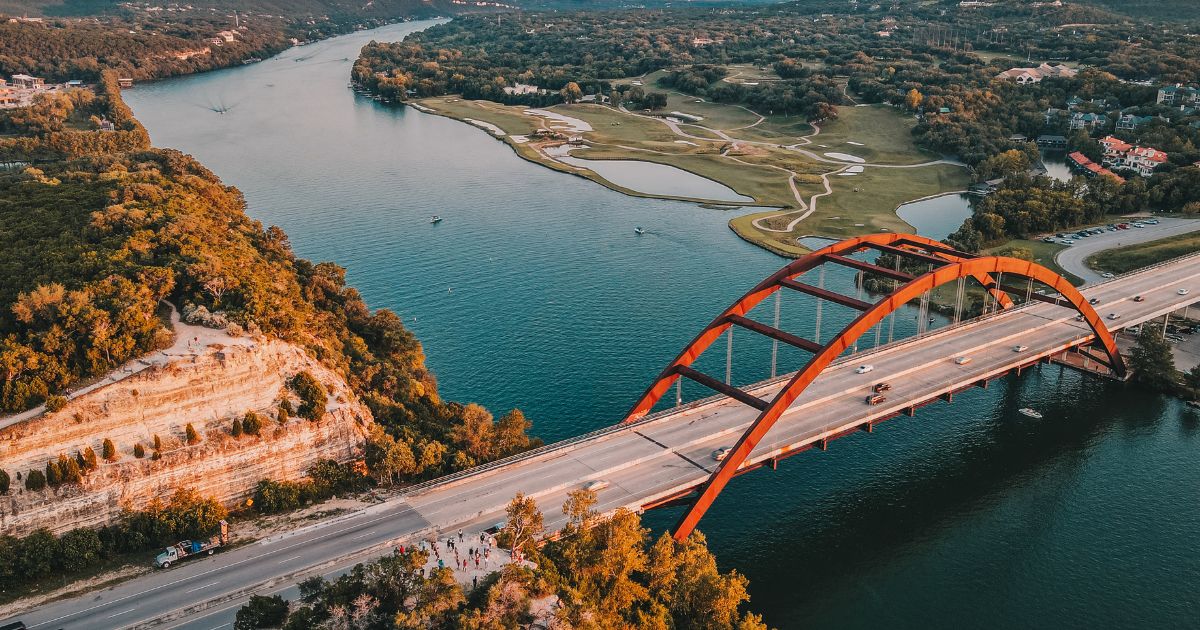
Community and Statewide Effects of Compliance
As Texans, we are on the brink of seeing significant progress in how our state approaches water conservation. The new policies are not just rules; they’re stepping stones to a sustainable future.
Improvement in Water Resource Management
Our collective efforts to meet the new water conservation guidelines are leading to exceptional developments in water resource management. The Texas Alliance for Water Conservation is at the forefront, utilizing best management practices and cutting-edge technologies. By investing in these initiatives, we see a direct impact:
- Enhanced water-use efficiency
- Reduced waste during distribution
- Better drought resilience
With a meticulous approach to resource management, our communities will thrive, ensuring each drop is optimized for current and future Texans.
Strengthening Community Engagement
These policies are also a catalyst for community involvement. Through education and incentive programs, we encourage residents and businesses to play a pivotal role in water conservation:
- Public outreach campaigns
- Incentives for water-efficient appliances
- Workshops on water-saving techniques
The adoption of conservation strategies is predicted to yield approximately 1.9 million acre-feet of water in reserves by 2070—an achievement unlocked by us working together. This solidarity in our collective purpose creates a culture of conservation that extends beyond individual habits to the essence of Texas pride.
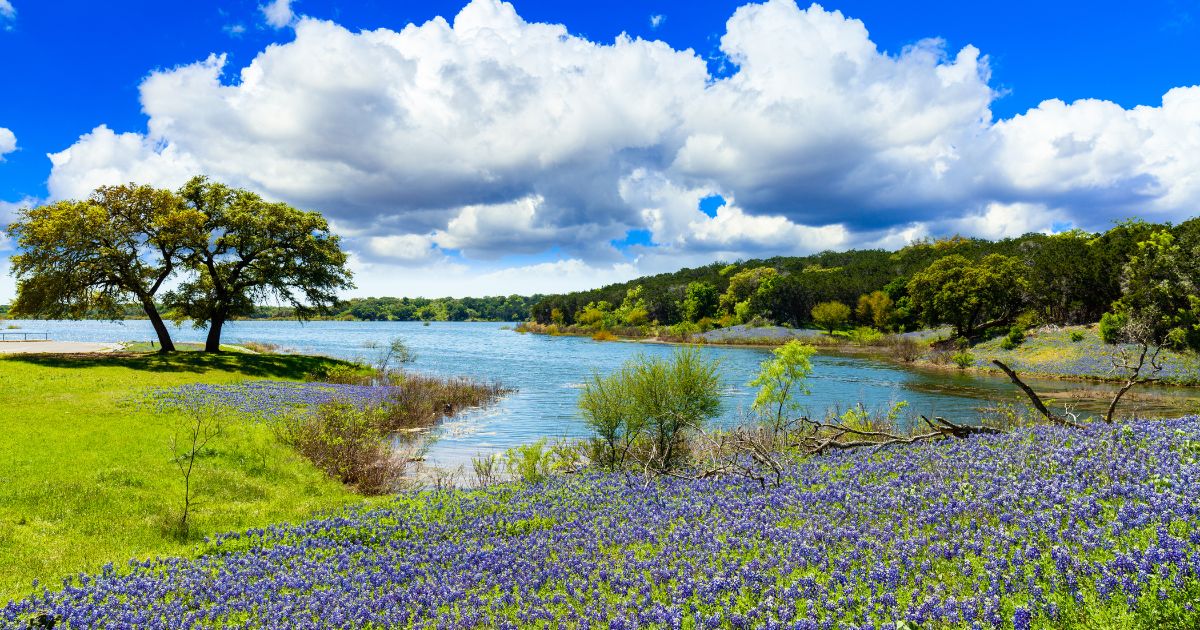
Criticism and Controversies Surrounding the Policies
In addressing the recent water conservation policies in Texas, we find that there are significant discussions stirring within our communities. These debates encompass a range of concerns that have been vocalized by the public and local businesses.
Public Opposition and Concerns
We’ve observed a clear wave of opposition among residents who express that these conservation efforts could potentially infringe on our personal freedoms. Many of us worry about the strict household water usage limits and fines for overconsumption. This has sparked a significant debate over whether such measures are an overreach of government authority. The sentiment shared by many in our communities highlights an underlying fear of excessive regulation affecting our way of life.
Challenges Faced by Local Businesses
Furthermore, several local businesses have voiced their challenges, especially those whose operations are heavily dependent on water use. Some argue that the one-size-fits-all policy framework does not account for the unique needs of diverse enterprises.
For example, nurseries and car washes are struggling with the limited water allocations, which they view as too restrictive and potentially harmful to their livelihoods. There’s a call from these business owners for a more nuanced approach that considers the economic impact of such policies.
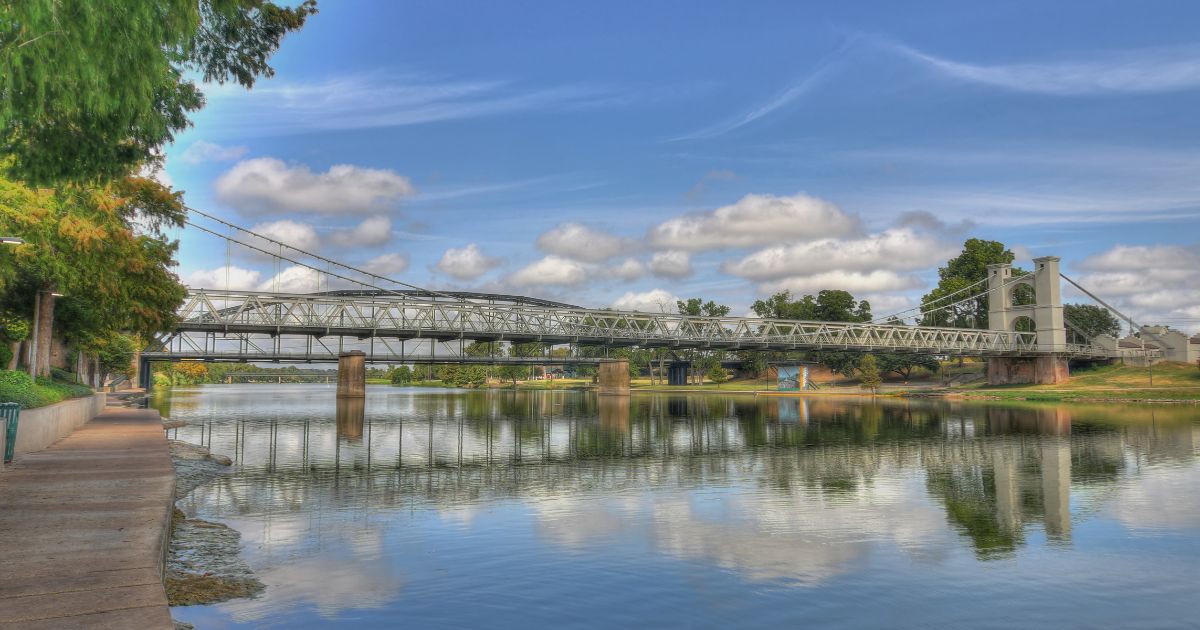
Future Outlook on Water Conservation in Texas
As we explore the future of water conservation in Texas, it’s imperative to recognize that technological innovations and shifts in consumption habits will play pivotal roles in shaping our water usage strategies.
Technological Advances in Water Conservation
We’re on the brink of seeing some exciting developments in water conservation technology. Our efforts will be significantly boosted by the implementation of best management practices and new technologies, which are projected to receive continued funding of around $475,000 per year.
This investment aims to increase efficiency in our water use and can be found detailed in reports such as the one by Save Texas Water. These advancements promise not only to reduce our overall water footprint but also to enhance the sustainability of our water resources for years to come.
Predicted Changes in Water Consumption Patterns
We’re also anticipating substantial changes in how we consume water. The Comptroller’s report suggests robust demographic growth, which means we need to adapt our water habits. We’re headed towards a future where surface water, like rivers and reservoirs, will become less reliable. It’s not just about using less; it’s about smarter usage that aligns with the changing climate and our growing population.
This shift is essential not only for our everyday living but also for sustaining the agricultural industries upon which we heavily rely.
Share the post "Should You Be Concerned About the New Water Conservation Policies in Texas? The Impact!"
Christian Linden is a seasoned writer and contributor at Texas View, specializing in topics that resonate with the Texan community. With over a decade of experience in journalism, Christian brings a wealth of knowledge in local politics, culture, and lifestyle. He holds a Bachelor's degree in Communications from the University of Texas. When he's not writing, Christian enjoys spending weekends traveling across Texas with his family, exploring everything from bustling cities to serene landscapes.











